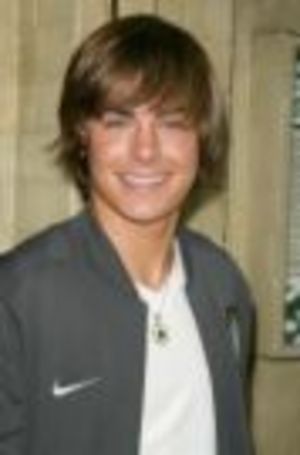Do you want to grow big tomatoes like the tomato record-holders do? It’s going to take hard work and dedication, but you can grow huge tomatoes yourself. Having the right soil, mulching, watering, pruning and fertilizing properly are all part of growing whopper tomatoes. Learn it all here.
Did you know that the record tomato was a whopping 7.75 pounds? It was grown by Gordon Graham of Edmond, Oklahoma. If you want to grow big tomatoes, choose a large variety of beefsteak tomato. Here are five tomato plants that may work for you. Add Delicious or Big Zac to the mix and you’ve got a great start on choices.
Here’s some information to get started growing your own huge tomatoes when you’re ready to set your plants.
The Soil
Tomatoes prefer loamy, well-drained soil with a pH of 6.2 to 6.8. You can find test kits at your home improvement store or you can take a soil sample to your cooperative extension service. If you need to raise the pH of your soil, work in some lime. To lower it, mix in sulfur.
Planting
Choose a location that will receive full sun for growing whopper tomatoes and mix a cup of Epsom salt to every 100 square feet into the soil. The Epsom salt contains magnesium sulfate, which can prevent blossom-end rot. Horizontal trenches seem to work better than just digging a hole. Trenches provide better aeration and warmth for good root growth. Some people even put a drainage pipe with an end cap on it into the trench and leave the other end poking out of the ground. You can water the roots through the open drainage pipe.
Grow stronger tomato plants by planting them deep into the trench, covering up a large majority of the bottom of the stem. Don’t worry about covering up the leaves. Some people have had luck planting their tomato plants sideways. Weave a six foot tall stake through some wire fencing and “plant” the two along side the tomato plants about six inches deep. This will support heavy tomatoes and will withstand summer winds. You can always “plant” tomato cages around your plants, too.
As your tomato plants grow, tie the stems to the stake/fence with old pantyhose. Try planting these complimentary plants beside your tomatoes: marigolds, carrots, chives, parsley or garlic.
Mulching
Some say to wait until your tomato plants are nicely established before adding mulch. Newspaper, wheat straw, shredded bark mulch or pine straw can help retain valuable moisture. Keep a couple of inches of the stuff around your tomato plants.
Watering
A general rule of thumb for most plants is 1.5 inches of water per week. Adjust according to rainfall and heat. Try to be consistent with the amount of water. Never water at night because it can lead to fungal diseases.
Fertilizing
Don’t over fertilize –use liquid fertilizer no more than once every two weeks. Look for fertilizer products designed specifically for tomatoes. For a boost in mid-summer, apply a spray of fish emulsion or sea kelp as a supplemental feeding. After flowering begins, spray the tomato plants once every two weeks with one tablespoon Epsom salts to one gallon of water.
Pruning
Pruning your tomato plants (no more than six feet tall) will help produce larger fruits, but larger fruits mean fewer tomatoes. Prune branches low to the ground to prevent disease and limit growth to a single vine or the main stem around July. Prune suckers and pinch flower clumps around June or July to encourage bigger tomatoes. Don’t let those turn into fruit. For huge tomatoes, pick off all but a chosen three or four tomatoes and baby those.
Tickle Your Tomato Plants
Increase pollination by spreading a little pollen manually. Use a soft paintbrush and tickle your blooms or pick a bloom and use it in the same way.
Keep an eagle eye out for pests and diseases and take care of them immediately. Pluck any damaged part of the tomato plant and don’t just throw it on the ground because the disease may linger on the ground until next year. Diseased leaves need to be destroyed. Good luck with growing big tomatoes. You’re going to need it. Who knows? With a little tender love and care you may reliving the movie, “Attack of the Killer Tomatoes”.
Resources:
forums.gardenweb.com
allexperts.com
organicgardening.com





